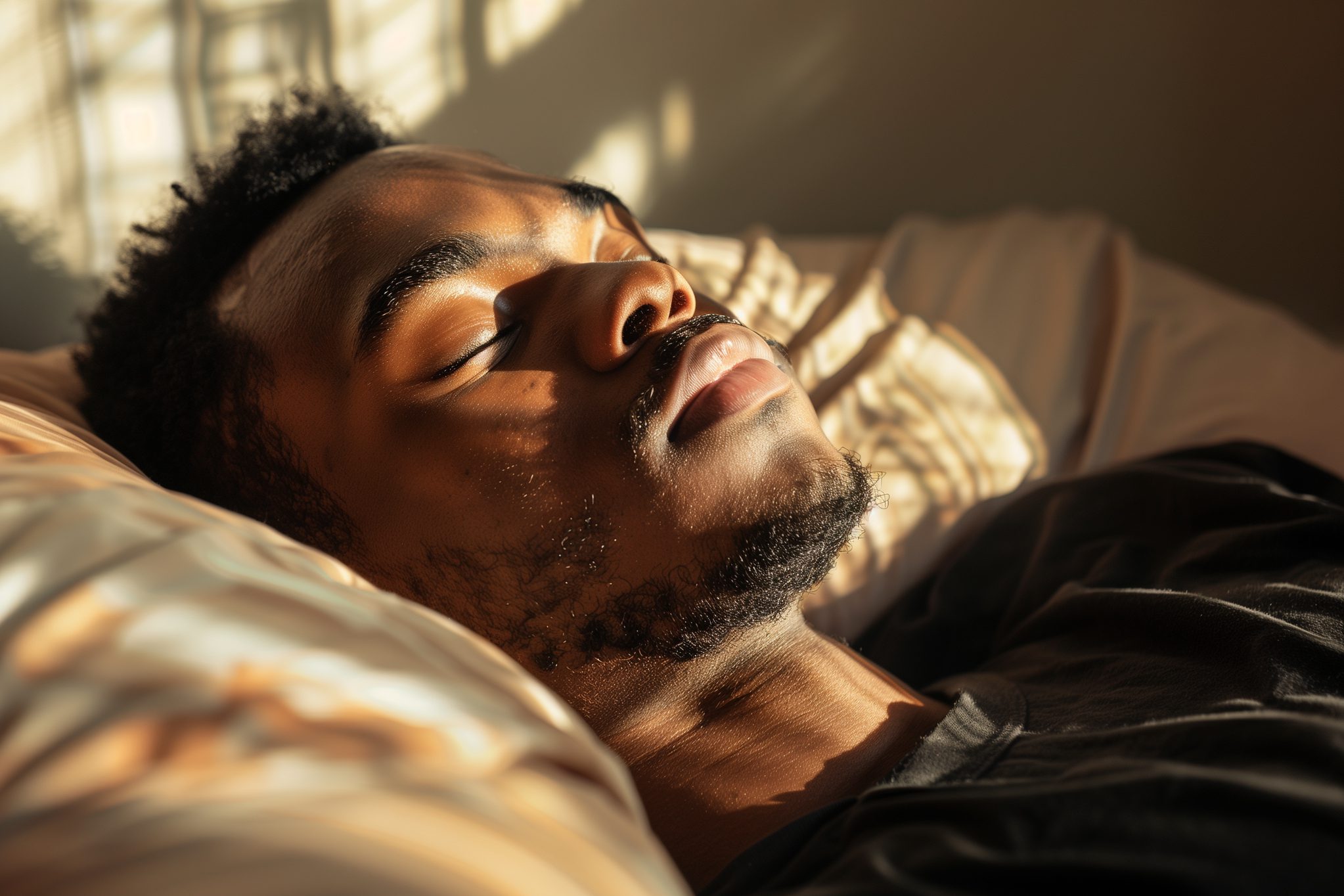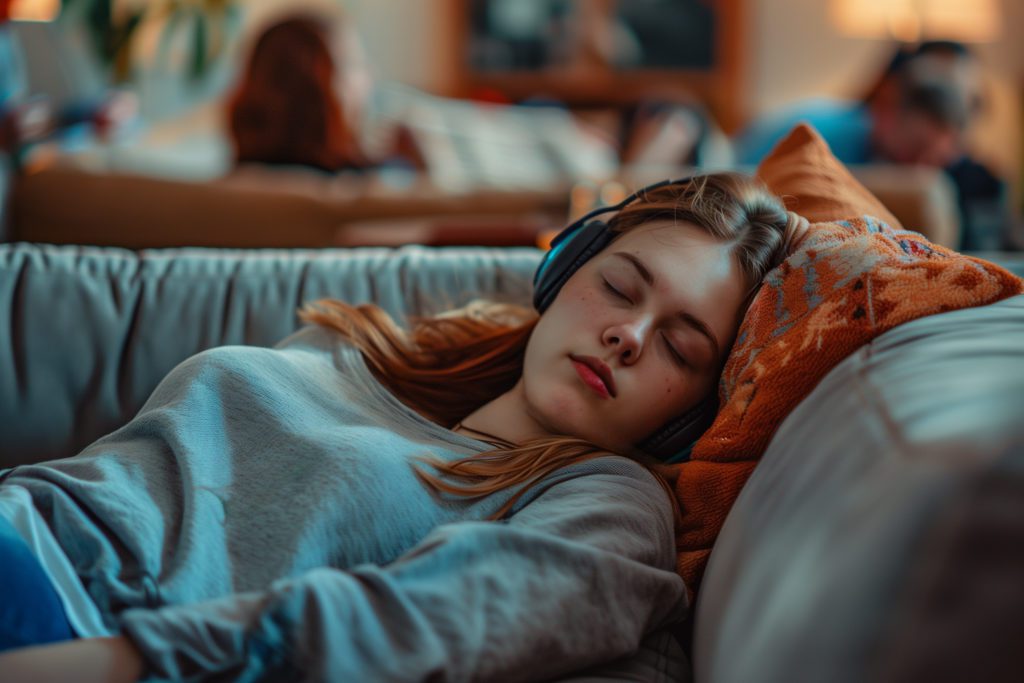
The Best Time of Day for Power Napping to Boost Energy Levels
Power naps can help boost energy, improve your mood, and increase concentration. However, there’s a key time for them; learn when that is.

Are you in need of an energy boost but don’t have the time for a full 90-minute (or longer) nap? The power nap is the solution, a short nap (20 minutes or less) that offers a boost of energy and concentration that can help you power through the rest of the day.
To have a successful power nap, though, there are some key things to remember, such as taking it at the right time of the day. Otherwise, you may not be able to fall asleep before your alarm goes off, or it may be harder to fall asleep at night.
We have the tips you need to make your power nap as powerful as possible; continue reading to explore them.
What Is the Power in A Power Nap?
A power nap is a short nap that typically lasts between 10 and 20 minutes. The power of the power nap comes from its ability to boost energy, increase alertness, improve mood, and raise cognitive functioning (thinking and memory) without causing sleep inertia, which is the dreaded time after a nap when you don’t know what day it is and everything irritates you. Power naps avoid sleep inertia, leaving you refreshed, ready to tackle the rest of your day, and capable of returning to work immediately.
Research supports these benefits of power naps:
- Increases alertness by letting the brain recharge.
- Can improve your short-term recall of facts, events, and other information.
- Improves your reaction time.
- Increases your confidence
- Can reduce your risk of heart disease and improve overall health if done regularly.
- Improves your mood
- Reduces fatigue
Perhaps the most appealing aspect of a power nap is how easy they are to fit into your day—they only require 20 minutes at most. That means they don’t take too much time away from your work and are less likely to interfere with your nighttime sleep. To further protect your nighttime sleep, make sure to power nap at the right time of day.
What Is the Best Time for A Power Nap?
The best time to power nap if you’re looking to boost your energy levels is during the time of day when your circadian rhythm naturally dips: between 1–3 p.m. Also known as the afternoon slump, this is when your morning productivity starts wearing off, leaving you tired and dragging as you try to figure out how you’ll get through the rest of the day.
If you’re yawning uncontrollably or are zoning out, you might be in your afternoon slump.
There are many benefits to napping during this time. First, since you’re already feeling tired, it will be easier to fall asleep, meaning you don’t have to worry about setting a 20-minute timer and then using that entire time just to fall asleep.
Additionally, naps should, ideally, be 8 hours before you plan to go to sleep. For many people, this 1-3 p.m. time slot keeps naps from being too close to bedtime.
This two-hour window helps narrow down when to nap, but other factors are at play. For example, if you have a high sleep debt, you will feel more tired and often need an earlier nap, so you may lean more towards 1 o’clock. It can also depend on when you go to bed and wake up. If you’re an early bird, you’ll likely nap early in the 1–3 p.m. window, while those who are night owls will prefer later naps.
The best thing you can do to find out when napping is best for you is to note over a few days when you start to feel tired.
The Recipe for Your Best Power Nap
Take the following into account, and you’ll wake up from your power nap feeling better than you could have imagined:
- Get the time of day right: 1–3 p.m. is the general sweet spot for power napping, as it’s when your energy naturally declines. But, make sure that the time you lay down is far enough from your bedtime not to interfere with it, and make sure you’re tired enough to fall asleep quickly.
- Get comfortable: To quickly drift into sleep, ensure your sleep environment is set up correctly. Turn off the lights, close the curtains, turn on a white noise machine (or use earplugs), and turn down the thermostat or turn on a fan. You want it quiet, dark, and cool.
- Cap it at 20 minutes. Power naps are a maximum of 20 minutes; any longer than that, and you can wake up feeling groggy. However, some people may find that a 10-minute nap is the perfect length, so experiment until you find the length that is best for you.
Don’t Have Time for A Power Nap? Try This Instead
If it’s too late in the day for a power nap or your schedule can’t let you get away for 20 minutes, there are other things you can try to boost your energy.
Sunlight is the primary indicator of awake time for a reason, and you can use that to your advantage during the day. If you’re feeling tired, see if you can go outside for a break or work by a window to remind your body that it’s time to be awake, not asleep.
You can also boost your energy by raising your heart rate through physical activity and stretching. A 10-minute walk has been shown to reduce fatigue by increasing blood flow and bringing oxygen to the brain, but getting some stretching in can produce similar results. Want to boost your energy even more? Take a walk outside so that you can get some sunlight.
Sometimes, you feel tired not because your energy stores are low but because you’re dehydrated or have low blood sugar. To combat this, drink a big glass of water (and ideally stay hydrated throughout the day) and eat a snack.
Overall, these tips, along with a power nap, can help boost your energy while leaving you tired enough to sleep at night!
FAQ
Can power naps replace lost nighttime sleep?
Power naps can temporarily counteract sleep deprivation by improving alertness and cognitive function, but they can't replace the essential deep sleep cycles achieved during a full night's rest or even a longer nap. Chronic sleep deficits require consistent, high-quality sleep to support long-term health, including immune function, memory consolidation, and emotional regulation.
Is it better to nap lying down or sitting up?
Lying down typically provides better comfort and faster sleep onset, promoting a deeper nap experience. However, if lying down isn't practical, reclining in a chair with head support can still provide benefits. Sitting upright might result in lighter sleep, but it's a viable option for quick naps in workplace or travel settings when space is limited.
Can caffeine be combined with a power nap?
Yes, consuming caffeine before a short nap, known as a "coffee nap," can enhance alertness. Since caffeine takes around 20 minutes to take effect, drinking a small amount before a nap allows individuals to wake up just as the stimulant kicks in, leading to improved focus and energy levels without the grogginess associated with longer naps.
Do power naps work for everyone?
Power naps are beneficial for most people, but factors like sleep disorders, high sleep inertia, or irregular schedules can make napping less effective or even disruptive. Some individuals may struggle to fall asleep quickly or feel groggy upon waking. Testing different nap lengths and times can help determine if power naps suit personal sleep patterns.
What’s the difference between a power nap and a full sleep cycle?
A power nap lasts 10-20 minutes and helps enhance alertness without entering deep sleep stages. In contrast, a full sleep cycle of around 90 minutes includes deep and REM sleep, which are essential for memory consolidation and physical recovery. Power naps provide a quick energy boost, while full cycles offer more comprehensive restorative benefits.
How does a power nap affect productivity?
A well-timed power nap can significantly boost productivity by improving cognitive functions like memory, problem-solving, and concentration. Short naps help reset the brain, reduce mental fatigue, and enhance mood, making it easier to stay focused and efficient throughout the day. This is particularly useful for tasks requiring sustained attention.

Written by
Jessica G
Medical writer freelancer who has written hundreds of articles on varying topics. Masters of Engineering degree in Biomedical Engineering.
Download Pillow
Get help
Press & News
Legal
Connect
X (Twitter)
Company
Copyright © Neybox Digital Ltd.



